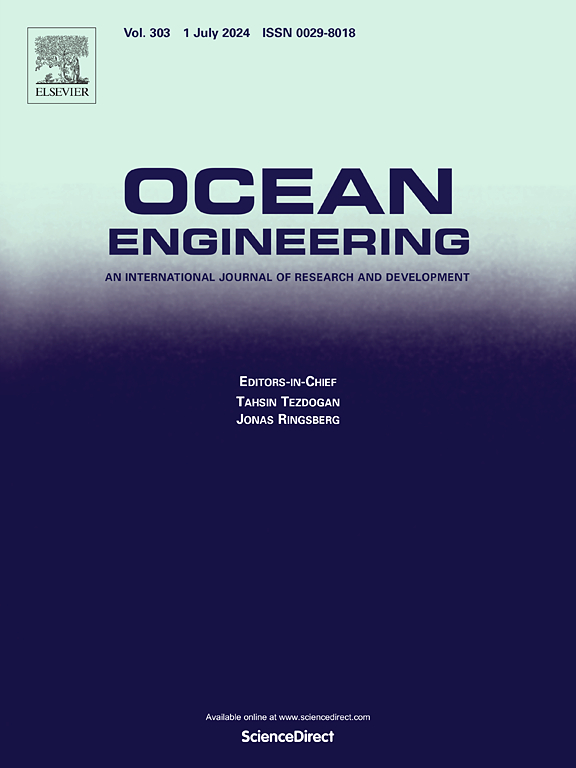埋在天然粘土中的地埋桩基础的VHM失效包络:FELA和FPA-CatBoost优化算法
IF 5.5
2区 工程技术
Q1 ENGINEERING, CIVIL
引用次数: 0
摘要
本研究采用AUS破坏准则作为土体强度模型,对各向异性粘土中柱状地基的不排水破坏包络线进行了综合分析。研究了埋置深度(L/D)和各向异性强度(re)对复合加载条件下铲球性能的影响。通过(H/suTCA, M/suTCAD)和(V/ vault, H/suTCA, M/suTCAD)空间的三维有限元极限分析(3D FELA)推导出失效包络。该研究还阐明了spudcan地基的破坏机制,为在组合荷载(V, H, M)下设计各向异性粘土地基提供了有价值的见解。此外,还介绍了一种创新的软计算方法:一种集成了分类提升(CatBoost)和授粉算法(FPA)的机器学习模型,用于优化spudcan破坏包膜的预测。提出的FPA-CatBoost模型与数值FELA结果进行了验证,证明了强相关性,并为工程师提供了确定不同载荷条件下spudcan基础破坏包络的可靠工具。本文章由计算机程序翻译,如有差异,请以英文原文为准。
VHM failure envelopes of spudcan foundations buried in natural clay: FELA and FPA-CatBoost optimization algorithms
This study provides a comprehensive analysis of the undrained failure envelope for spudcan foundations in anisotropic clays using the AUS failure criterion as the soil strength model. The influence of embedment depth (L/D) and anisotropic strength (re) on spudcan behaviour under combined loading conditions is investigated. Failure envelopes are derived through three-dimensional finite element limit analysis (3D FELA) in both (H/suTCA, M/suTCAD) and (V/Vult, H/suTCA, M/suTCAD) spaces. The study also illustrates spudcan foundation failure mechanisms, providing valuable insights for designing footings in anisotropic clays under combined loads (V, H, M). Additionally, an innovative soft-computing approach is introduced: a machine learning model that integrates categorical boosting (CatBoost) with the flower pollination algorithm (FPA) for optimized predictions of the spudcan failure envelope. The proposed FPA-CatBoost model is validated against numerical FELA results, demonstrating a strong correlation and offering engineers a reliable tool for determining spudcan foundation failure envelopes under varied loading conditions.
求助全文
通过发布文献求助,成功后即可免费获取论文全文。
去求助
来源期刊

Ocean Engineering
工程技术-工程:大洋
CiteScore
7.30
自引率
34.00%
发文量
2379
审稿时长
8.1 months
期刊介绍:
Ocean Engineering provides a medium for the publication of original research and development work in the field of ocean engineering. Ocean Engineering seeks papers in the following topics.
 求助内容:
求助内容: 应助结果提醒方式:
应助结果提醒方式:


